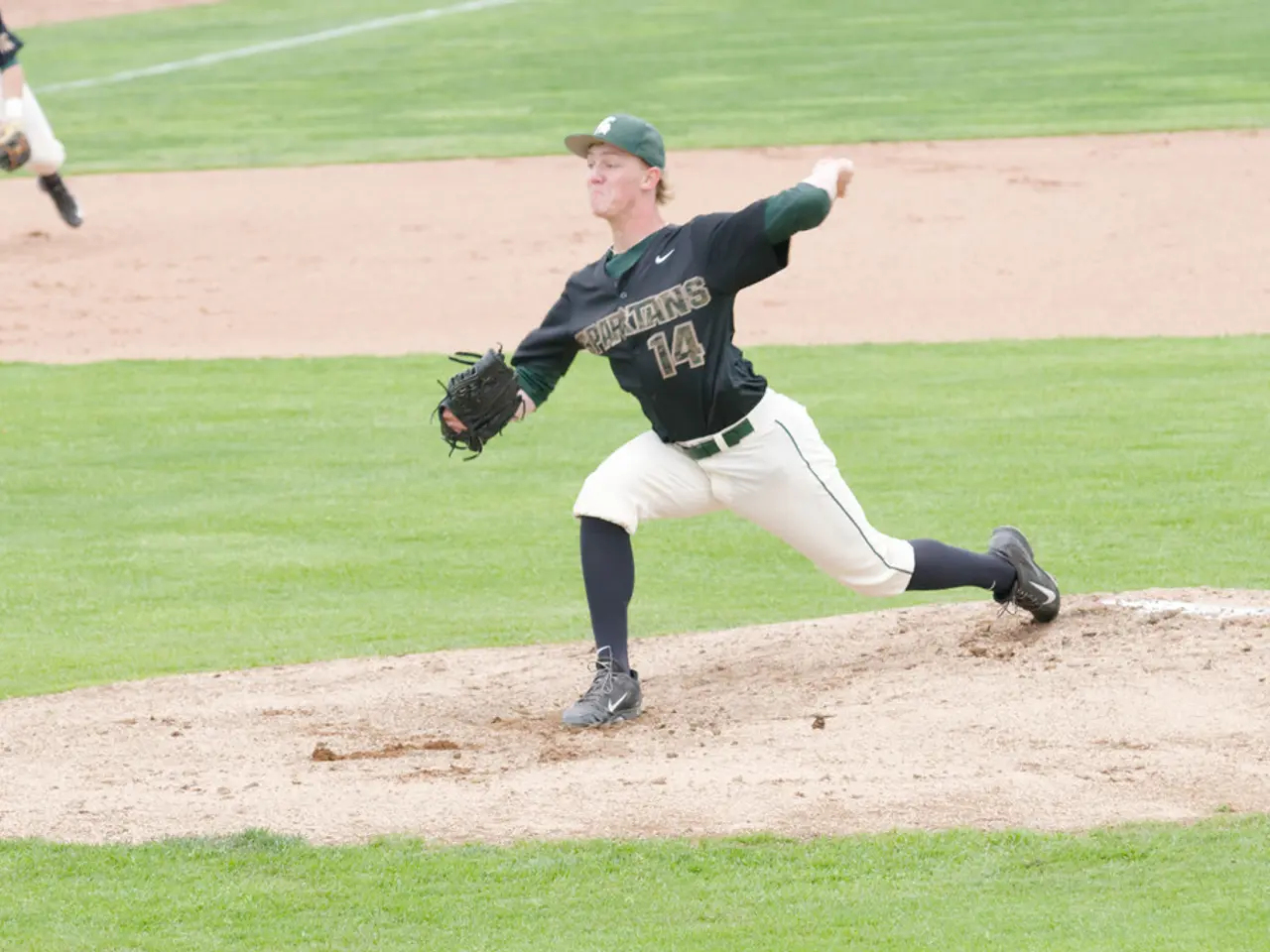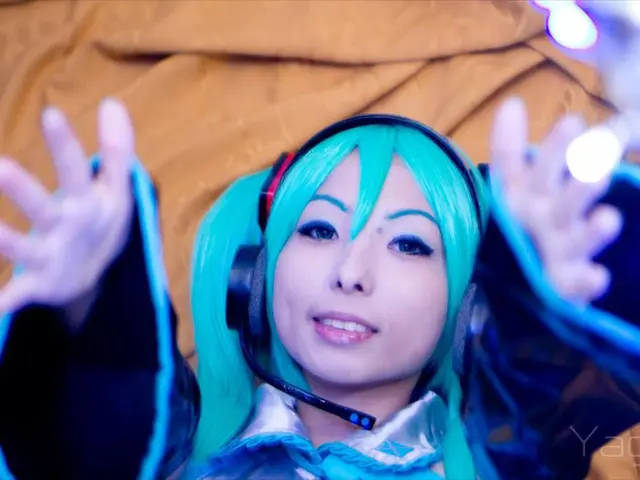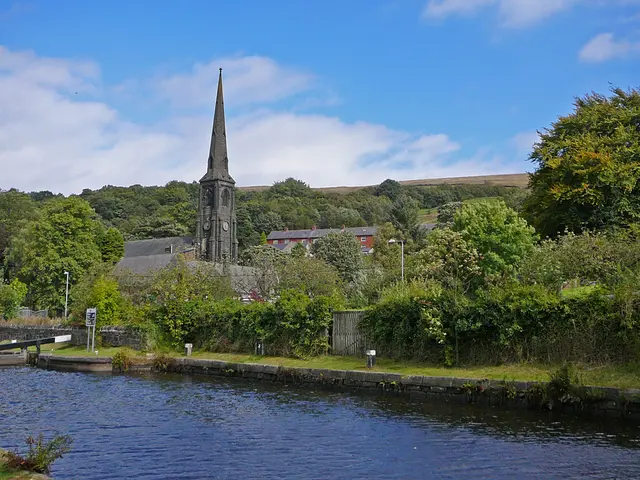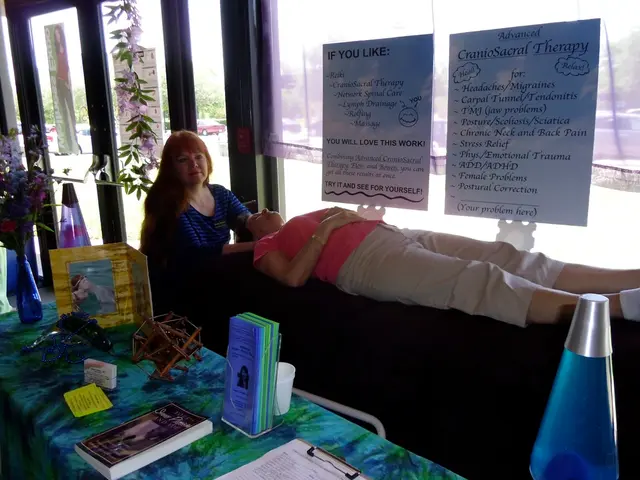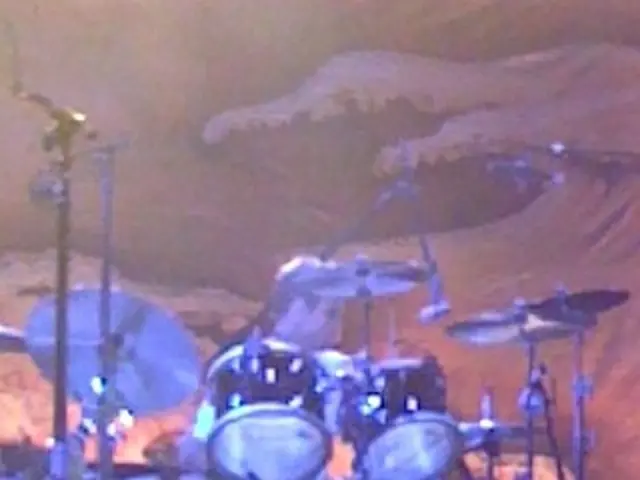Guide on Managing Prevalent Playground Mishaps: Over a Dozen Types
In the realm of playground activities, injuries are an unfortunate but common occurrence. To help parents and guardians manage these situations effectively, two pediatricians, Lisa Diard, MD, and W. Kyle Mudd, DO, have compiled a first aid guide for 12 common playground injuries.
Cuts
For cuts, clean the wound with clean water or saline solution, then gently pat dry. Apply an antiseptic and cover with a sterile adhesive bandage or gauze to prevent infection. If bleeding is severe or won’t stop, seek medical help immediately.
Split Lip
A split lip can be treated by rinsing the wound area, applying pressure with a clean cloth to stop the bleeding, washing gently with soap and water, applying a cold pack to minimize swelling, and seeking medical help if the bleeding won't stop or if the wound is large or looks to be filled with debris.
Bloody Nose
For a bloody nose, have the child sit upright and lean slightly forward. Pinch the soft part of the nose and hold steadily for 10-15 minutes without releasing pressure. Avoid leaning back or lying down to prevent swallowing blood. If bleeding lasts longer than 20 minutes or follows a serious injury, seek emergency care.
Black Eye
Apply a cold compress or ice pack wrapped in a cloth to the area for 10-20 minutes every hour to reduce swelling. Observe for signs of more serious injury such as vision changes or severe pain, and seek medical care if these occur.
Friction Burn
Clean the affected area gently with water, then cover with a non-stick sterile dressing. Avoid using ointments that may trap heat. Monitor for signs of infection.
Broken Bone
Do not move the injured area. Immobilize the limb using splints or padding, and call emergency services immediately. Keep the child calm and still until help arrives.
Sprain
Follow the R.I.C.E. method — Rest, Ice, Compression (with an elastic bandage), and Elevation of the injured part. Use cold packs to reduce swelling and support the limb, but do not apply ice directly on the skin.
Concussion
If you suspect a concussion (e.g., after a head bump, with symptoms like confusion, headache, dizziness, or vomiting), seek medical evaluation immediately. Keep the child resting and avoid physical activity until cleared by a doctor. Call 911 if there is loss of consciousness or severe symptoms.
Blister
Leave small blisters intact to avoid infection. If a blister bursts, clean gently, apply an antibiotic ointment, and cover with a sterile dressing.
Splinter
Wash hands and the area thoroughly. Use sterilized tweezers to firmly grasp and gently remove the splinter. Clean the wound afterward and cover with a bandage if necessary.
Something in the Eye
Do not rub the eye. Rinse the eye gently with clean water or saline to flush out the foreign object. If it doesn’t come out or pain persists, seek medical care.
Knocked-Out Tooth
Find and hold the tooth by the crown (top), not the root. Rinse it gently with water if dirty, and try to reinsert it into the socket if possible. If not, keep it moist in milk or a tooth preservation solution and see a dentist immediately.
For all injuries, keep calm to help the child stay calm. Always have a well-stocked first aid kit available with items like adhesive plasters, sterile gauze, antiseptic wipes, gloves, and cold packs, which are essential to managing playground injuries effectively. Call emergency services immediately for suspected serious injuries, especially head, neck, or spinal injuries.
Prevention measures such as safe clothing, good footwear, and proper supervision can reduce playground injury risk. In the event of an injury, prompt and proper first aid can make a significant difference in the child's recovery.
Health-and-wellness education for parents is crucial in managing playground injuries effectively. In the guide, a first aid plan is provided for various common playground injuries, including cuts, split lips, bloody noses, black eyes, friction burns, broken bones, sprains, concussions, blisters, splinters, foreign objects in the eye, and knocked-out teeth. Science-backed prevention measures, such as safe clothing, good footwear, and proper supervision, can minimize the risk of playground injuries, while prompt and correct first aid can significantly impact a child's recovery.
